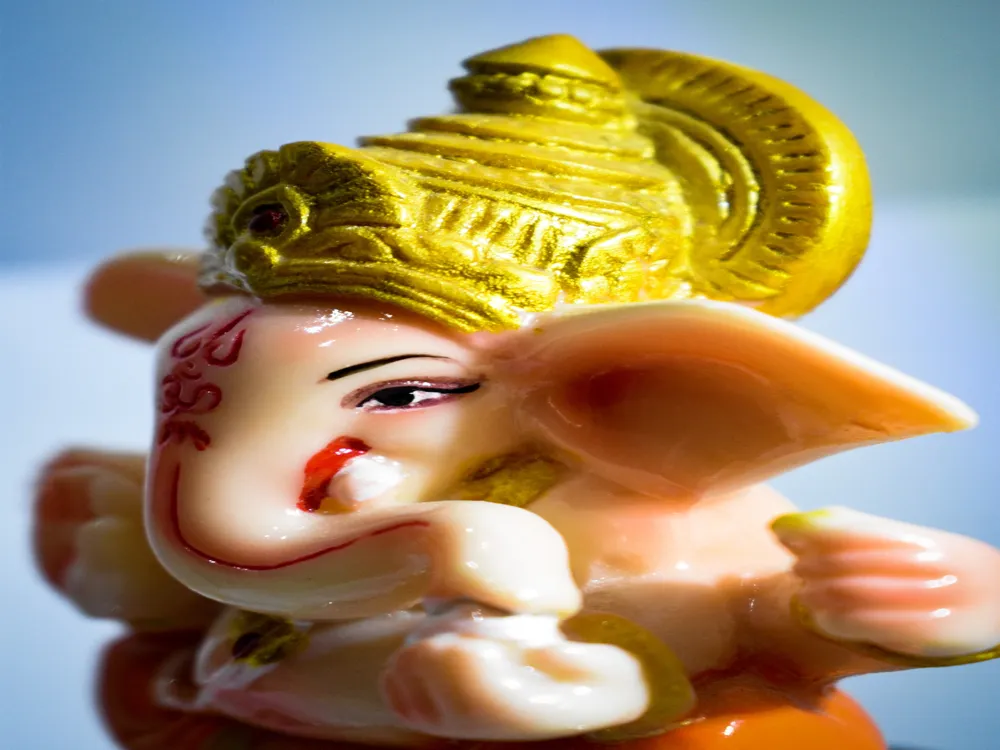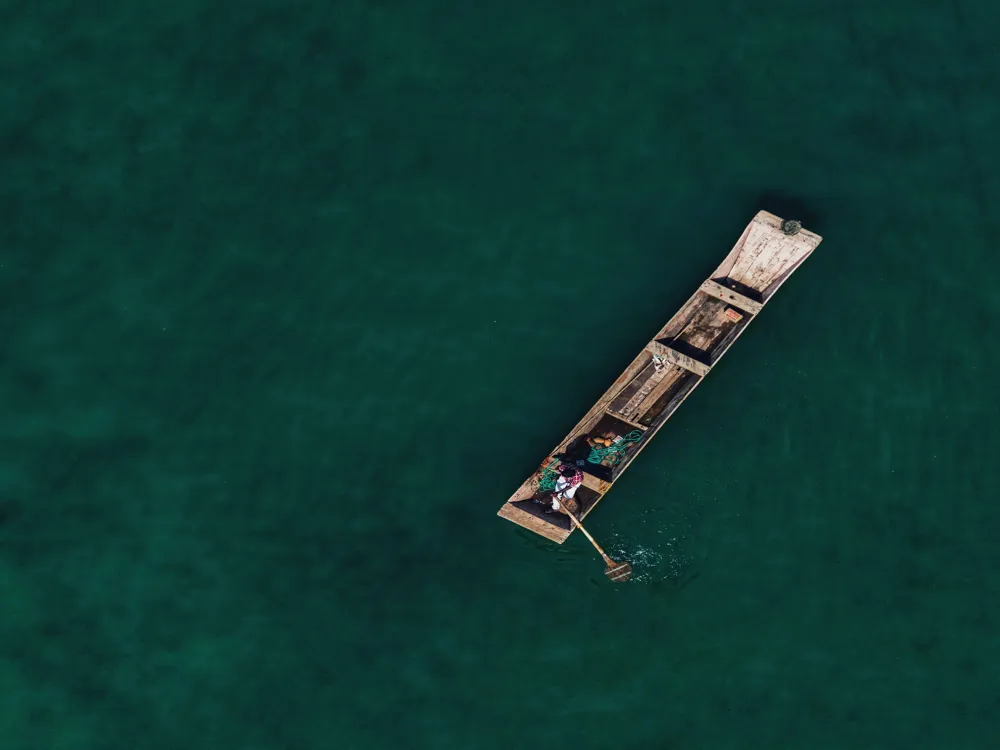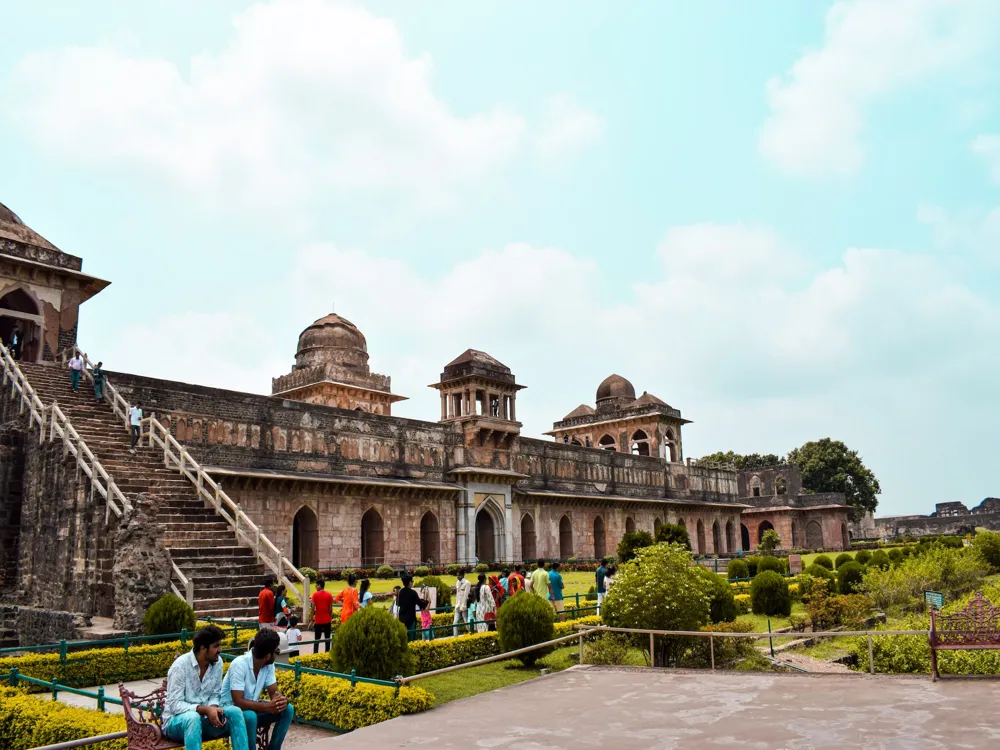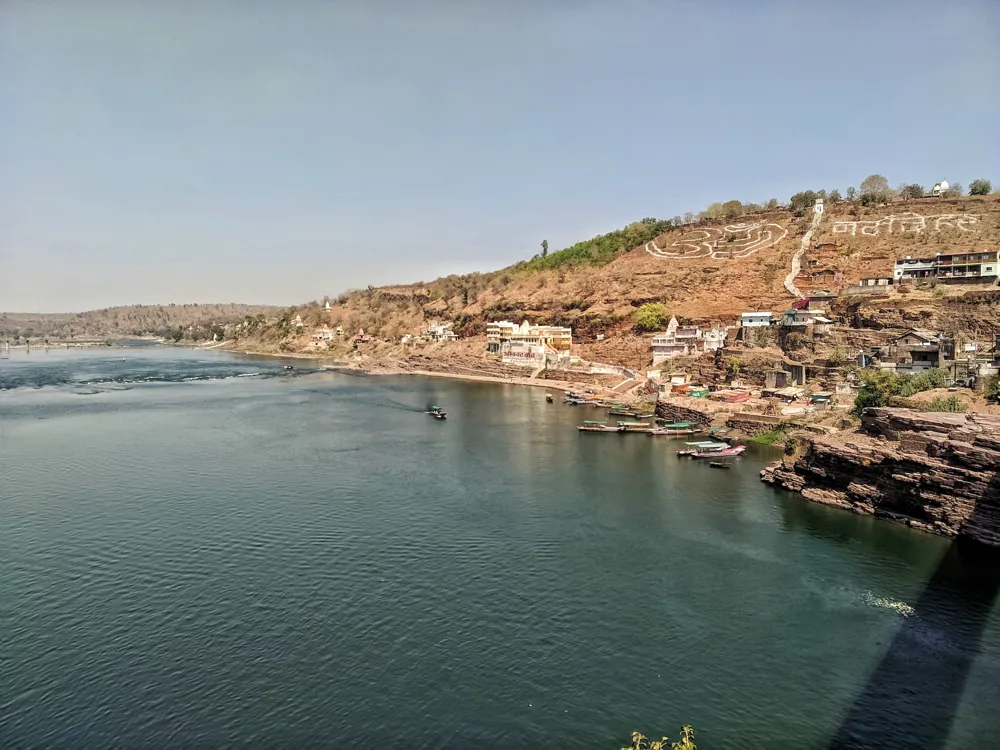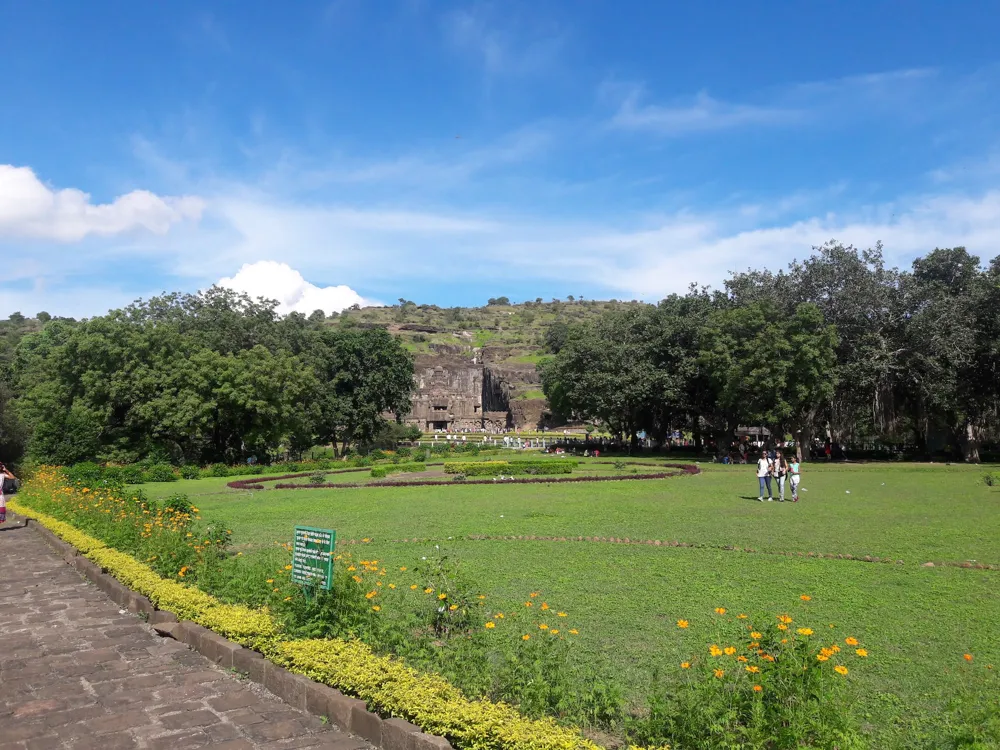Chhatri Bagh, located in the heart of Indore, Madhya Pradesh, is a striking example of the rich cultural and architectural heritage of India. This magnificent landmark is not just a tourist attraction but a symbol of Indore's historical significance. The term 'Chhatri' refers to the dome-shaped pavilions that are a common feature in Indian architecture, particularly in Rajasthan and Madhya Pradesh. These structures are predominantly associated with commemorating the dead and are often seen in memory of great leaders and kings. Dating back to the Holkar dynasty, Chhatri Bagh serves as a testament to the royal past of the region. It is located near the Khan River, adding to its scenic beauty. The Bagh (garden) houses several cenotaphs or 'chhatris' dedicated to the Holkar rulers and their family members. These cenotaphs are a blend of Hindu and Islamic architectural styles, a hallmark of the Maratha rule. The intricate carvings, domes, and spires of these structures reflect the exquisite craftsmanship of the era. The most notable feature of Chhatri Bagh is its tranquility amidst the bustling city. It offers a serene escape to its visitors, who are captivated by the blend of history, architecture, and nature. The garden surrounding the chhatris is well-maintained, with lush greenery and blooming flowers, providing a picturesque backdrop for these historical monuments. Chhatri Bagh is not just a place of historical interest but also a symbol of Indore's pride and heritage. The site attracts a plethora of visitors, ranging from history buffs and architecture enthusiasts to photographers and casual tourists. The Chhatri Bagh, with its rich history and breathtaking architecture, stands as a proud reminder of India's glorious past and the legacy of the Holkar dynasty. The architecture of Chhatri Bagh in Indore is a splendid display of the Maratha style, combined with influences from Mughal and Rajput architectural traditions. This fusion creates a unique aesthetic that is both grand and intricate. The chhatris, which are the central feature of the Bagh, are dome-shaped pavilions typically found in Indian architecture. These structures were traditionally used as cenotaphs or memorials for the deceased, especially in royal families. Each chhatri in the Bagh is an architectural marvel in itself, featuring a dome supported by intricately carved pillars. The domes are often flanked by smaller, similarly styled structures, adding to the grandeur of the main pavilion. The carvings on the chhatris depict a variety of motifs, including floral designs, geometric patterns, and scenes from Hindu mythology. These carvings are not just decorative but also hold cultural and religious significance, reflecting the beliefs and values of the time. The blend of Hindu and Islamic architectural styles is a distinctive feature of Chhatri Bagh's design. This is evident in the use of chhatris (a Rajput feature) alongside features like arches and minarets, which are typical of Islamic architecture. The fusion of these styles is a testament to the inclusive nature of the Holkar dynasty, which embraced and promoted a diverse cultural ethos. Moreover, the layout of Chhatri Bagh is in harmony with its natural surroundings. The chhatris are strategically placed within a lush garden, creating a sense of balance between man-made structures and nature. This integration not only enhances the beauty of the architecture but also provides a tranquil environment for visitors. The architectural brilliance of Chhatri Bagh is not only in its structures but also in the stories it tells. Each chhatri has its history, reflecting the life and times of the Holkar ruler it commemorates. These structures serve as a bridge between the past and present, offering a glimpse into the rich heritage of Indore and the legacy of its rulers. The ideal time to visit Chhatri Bagh is between October and March when the weather in Indore is pleasant. The cooler temperatures during these months make it comfortable to explore the garden and admire the architecture. As Chhatri Bagh is a historical and cultural site, visitors are advised to respect the sanctity of the place. This includes not littering, keeping noise levels low, and not touching or damaging the structures. Photography enthusiasts should visit during the early morning or late afternoon for the best natural lighting. The golden hour provides a spectacular backdrop for the chhatris and enhances their architectural details. Consider taking a guided tour to gain deeper insights into the history and architecture of Chhatri Bagh. Knowledgeable guides can provide fascinating anecdotes and information not readily available in guidebooks. Wear comfortable clothing and shoes, as exploring Chhatri Bagh involves a fair amount of walking. The garden area can be quite expansive, and being comfortably dressed will enhance the experience. Chhatri Bagh is easily accessible from various parts of Indore. Visitors can use local transport like auto-rickshaws, buses, or taxis to reach the location. For those driving, there is ample parking space available near the garden. The nearest airport is the Devi Ahilya Bai Holkar Airport, which is well-connected to major Indian cities. From the airport, one can hire a taxi or use public transport to reach Chhatri Bagh. The Indore Railway Station is also a convenient option for those traveling by train, as it is located just a few kilometers from the site. Read More:Overview of Chhatri Bagh in Indore, Madhya Pradesh
Architecture of Chhatri Bagh
Tips When Visiting Chhatri Bagh
Best Time to Visit
Respecting the Site
Photography Tips
Guided Tours
Comfortable Attire
How To Reach Chhatri Bagh
Chhatri Bagh
Indore
Madhya Pradesh
NaN onwards
View indore Packages
Weather :
Tags : Garden & Park
Time Required : 1 hr
Planning a Trip? Ask Your Question
Indore Travel Packages
View All Packages For Indore
Top Hotel Collections for Indore

Private Pool

Luxury Hotels

5-Star Hotels

Pet Friendly
Top Hotels Near Indore
Other Top Ranking Places In Indore
View All Places To Visit In indore
View indore Packages
Weather :
Tags : Garden & Park
Time Required : 1 hr
Planning a Trip? Ask Your Question
Indore Travel Packages
View All Packages For Indore
Top Hotel Collections for Indore

Private Pool

Luxury Hotels

5-Star Hotels

Pet Friendly







